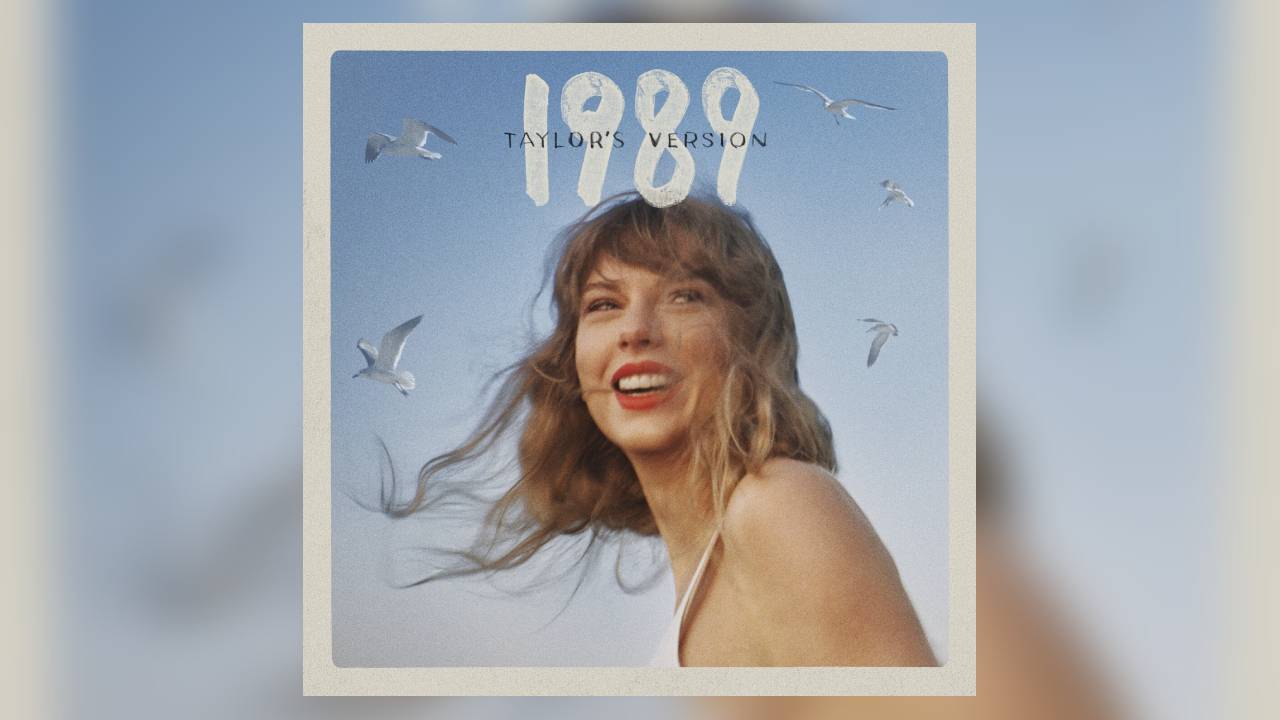After two months of waiting and nine years since its original release, 1989 (Taylor’s Version) has made its debut. But the pre-release hype left me disappointed with the final project.
1989 (Taylor’s Version) dropped Friday with 16 re-recordings from the original album, five unreleased vault tracks and one deluxe edition song with Kendrick Lamar. This is Swift’s second re-recorded album of the year and fourth re-record in total.
Unlike her other album re-recordings, Swift was already in her mid-twenties when 1989 released. This made a majority of the songs on the album sound just like the originals, only with hints of a more mature Taylor sprinkled in.
[Here are 3 gluten-free recipes just in time for the holidays]
As I listened to each song, I was transported back to middle school — which felt both heartwarming and weird. I was just barely 13 when I first heard this album, and it would play everywhere — in the school gym during P.E., in the car radio when my parents were chauffeuring my friends and I around and really everywhere else. Hearing this album re-recorded now, at age 22, makes me feel like I am in Swift’s shoes. I get to reflect on the time in between and listen to these songs with my friends here at the University of Maryland.
While the songs take me back to when Swift and I were both a lot younger, her maturity is present throughout the re-recordings. Opposed to the original passionate tones that come from fresh wounds, Swift now sings from a new, distanced perspective. But many of the songs take a few listens for fans to really tell the difference. There are clear distinctions in the production, with the most stark contrast between new and old being “Style.” From the introduction to the general vibes of the song, “Style” seems more techno and less passionate — a choice that emphasizes Swift’s maturity. That shift in the emotions present when 1989 was first released is present throughout this project. Swift sounds less attached to the meanings behind the songs and her previous wounds seemed to have healed with time.
[Technica’s student-run ‘hackathon’ encourages underrepresented genders in tech]
Another different take throughout the album is in “I Know Places.” Swift’s growth isn’t just seen in the change in her voice, but also her singing ability. The shift in the lyric “and we run” shows that her voice has grown and become more powerful from how it was when the original album came out.
From the classic empowering tunes of “Blank Space” and “Clean” that I know by heart to the new vault songs such as “Slut!” and “Suburban Legends,” the 1989 re-recording further solidifies Swift’s unmatched lyrical talent.
While we are only a few days post-release, I feel like I’m still waiting for more. Where is my Harry Styles rendition of “Style?” While I knew that feature was a shot in the dark, I thought there would be at least one other artist on the album other than Lamar’s feature on the deluxe edition. My friends and I were shocked to see no features on any tracks when the album from the time the track list dropped, and that was something I would have loved to see more on in this re-recording.
I am still holding out for more features in Swift’s discography during her re-recording era — on tracks ranging from “You All Over Me” with Maren Morris to Styles’ feature on “Style.” I’m also hoping Swift will incorporate more extras, such as more short films and special projects that align with each new re-recording she releases. Regardless of what’s next, 1989 (Taylor’s version) is already my new go-to walking to class album.



